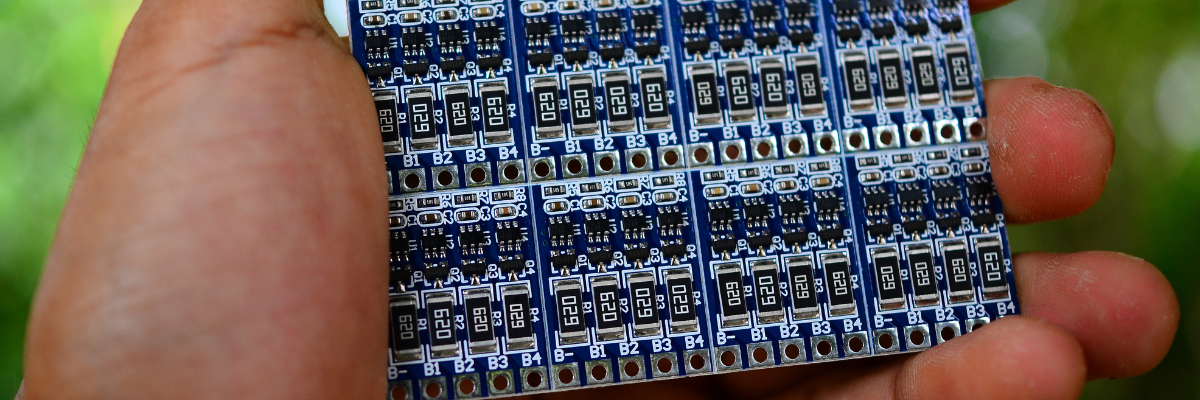Printed circuit boards (PCBs) are the backbone of electrical and electromechanical devices in electronics manufacturing. From smartphones to industrial machinery, all devices are driven by PCBs. Ensuring PCBs function safely and reliably in the respective application is crucial. This is where certifications and standards make a significant difference. Adhering to industry- recognized standards, such as IPC-A-610 for electronics assembly or ISO 9001 for quality management systems, ensure that PCB meet stringent quality, safety, and performance standards. Certifications validate that the manufacturing processes align with these standards, instilling confidence in consumers and enhancing market competitiveness. Now, you may wonder what certifications and standards are applied to PCB assembly. What do IPC and ISO mean? This post answers these questions in detail.
Know What Certifications and Standards Are Applicable for PCB Assembly
PCB certifications and standards help ensure the reliability and performance of electronic devices across industries. Adherence to these standards guarantees the PCBs have lesser risks of failure and meet expected performance standards. Certifications facilitate trade on a global level by ensuring compliance with international requirements. The following are some popular certifications and standards adhered by PCB manufacturers.
- ISO: The International Organization for Standardization or ISO is a globally recognized standard that helps organizations deliver quality products and services. ISO 9001 certification is widely adopted across industries, and ensures products meet strict quality standards, enhancing credibility. The latest version, ISO 9001:2015, focuses on planning, leadership, operations, and process improvement. This certification applies to any organization, including PCB manufacturers, ensuring they meet required quality benchmarks and exceed customer expectations.
- IPC: The acronym stands for the Institute of Printed Circuits. It is a globally recognized trade organization dedicated to developing and maintaining quality standards for the electronics industry, mainly focusing on printed circuit boards (PCBs) and assemblies. Among the numerous IPC-developed standards, two of the most critical standards are IPC-6012 and IPC-6013. These standards ensure the reliability and quality of circuit boards. IPC-6012 establishes performance standards for rigid PCBs, focusing on material, plating, and workmanship, while IPC-6013 defines quality and performance requirements for flexible and rigid-flex PCBs in adaptable applications.
- ITAR: The International Traffic in Arms Regulations or ITAR manufactures and controls defense-related articles and services listed on the United States Munitions List (USML). Companies involved in designing, manufacturing, selling, or distributing products listed on the USML must be ITAR compliant. ITAR also encompasses specific standards for Printed Circuit Boards (PCBs) used in military and defense applications, ensuring these components meet the rigorous performance and security requirements for critical defense operations. Incorporating tamper-resistant features into PCB assembly reduces the risk of counterfeiting and spying. To meet these standards, manufacturers must take specific steps, like checking that all components are genuine and setting up secure methods to track each part throughout production.
- RoHS: The Restriction of Hazardous Substances Directive has been introduced by the European Countries (EU). RoHS limits the use of dangerous materials in electrical and electronic equipment. The main aim is to protect the environment by cutting down on the waste these devices generate. To meet RoHS standards, PCB assembly providers have had to find alternatives to lead and other harmful substances, turning to more environmentally friendly options. This push for compliance has spurred the creation of new, innovative manufacturing processes. These processes are now widely used in PCB assembly, promoting safer and more sustainable production practices.
- MIL: The MIL standard ensures that printed circuit boards(PCBs)used in military equipment meet strict quality and reliability requirements. These standards cover everything from the materials used to the processes for manufacturing and testing PCBs. MIL-PRF-55110, MIL-PRF-50884, and MIL-PRF-55110 are popular standards that outline the performance and quality requirements for PCBs used in military applications. Meeting these standards is crucial for producing reliable and durable electronic components used in defense applications.
- UL Listing: Established in 1894, Underwriter Laboratories (UL) is the world’s oldest independent safety science company. UL focuses on creating safe working environments by developing safety standards that protect people, products, and places. Recognized by the Occupational Safety and Health Administration (OSHA), UL ensures safety across industries. One of the well-known standards for electronic devices is UL 796,which specifically governs the design and manufacturing of circuit boards, helping to ensure they are safe and reliable for use.
You now understand the importance of implementing these standards in the PCB assembly. Consideration of these standards depends on the industry you serve and application requirements. If you need quality PCBs for your upcoming electronics projects, consult Rigiflex Technology. This ITAR-registered manufacturer stands out from its competitors in many ways. The company follows required IPC standards while manufacturing PCBs for various industries. They also offer custom solutions to fulfill the demands of challenging applications. Get in touch with their team of experts for further information.

